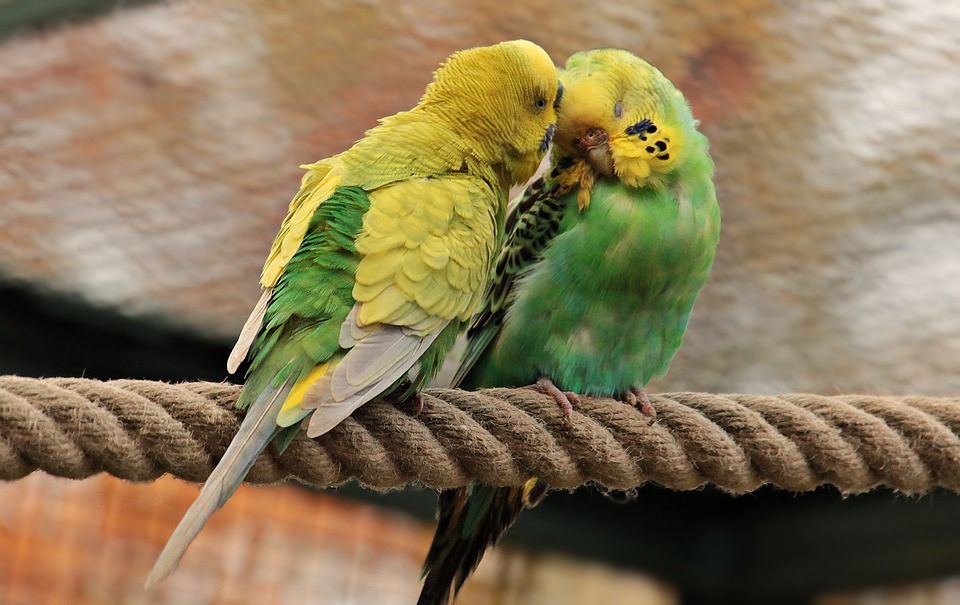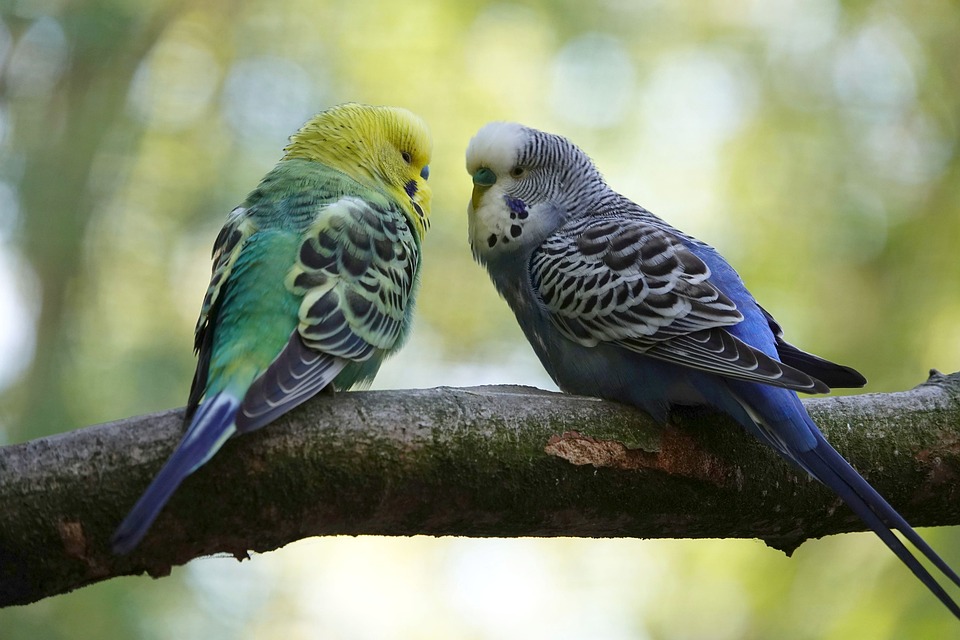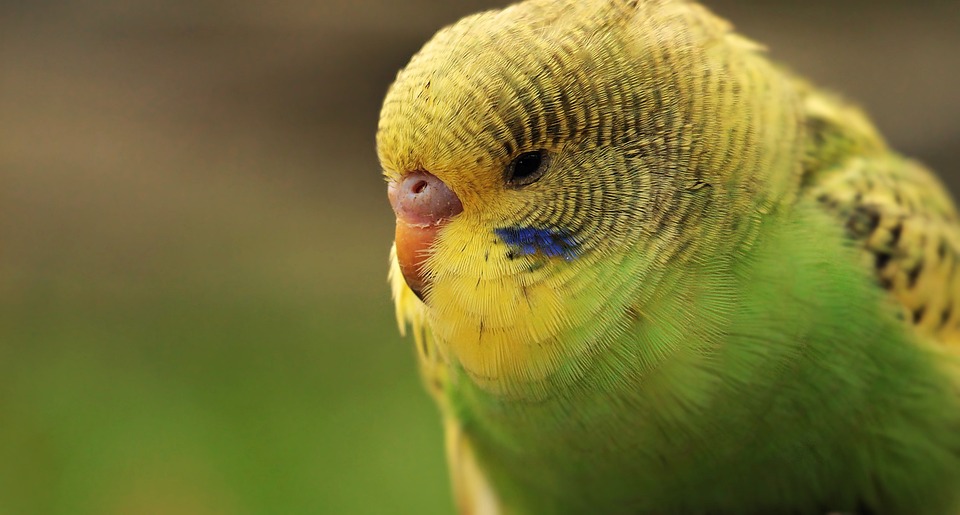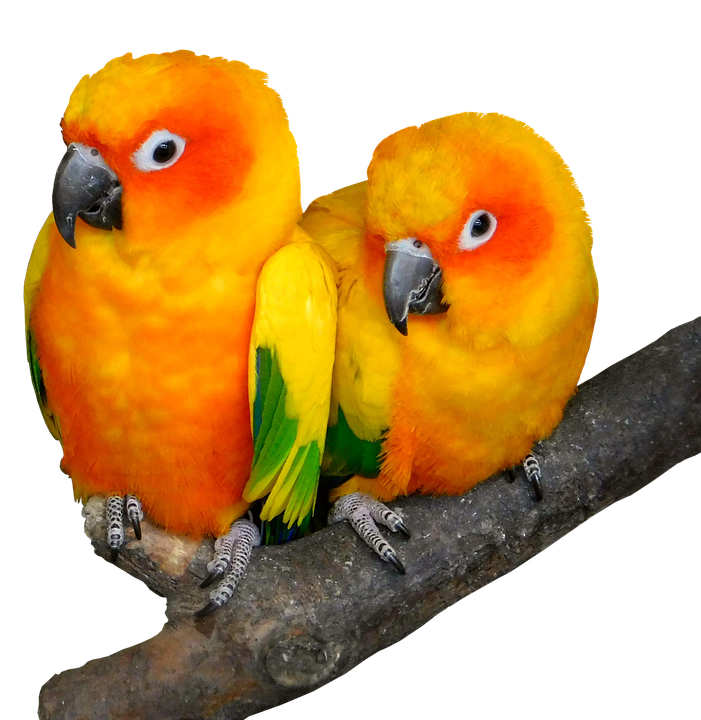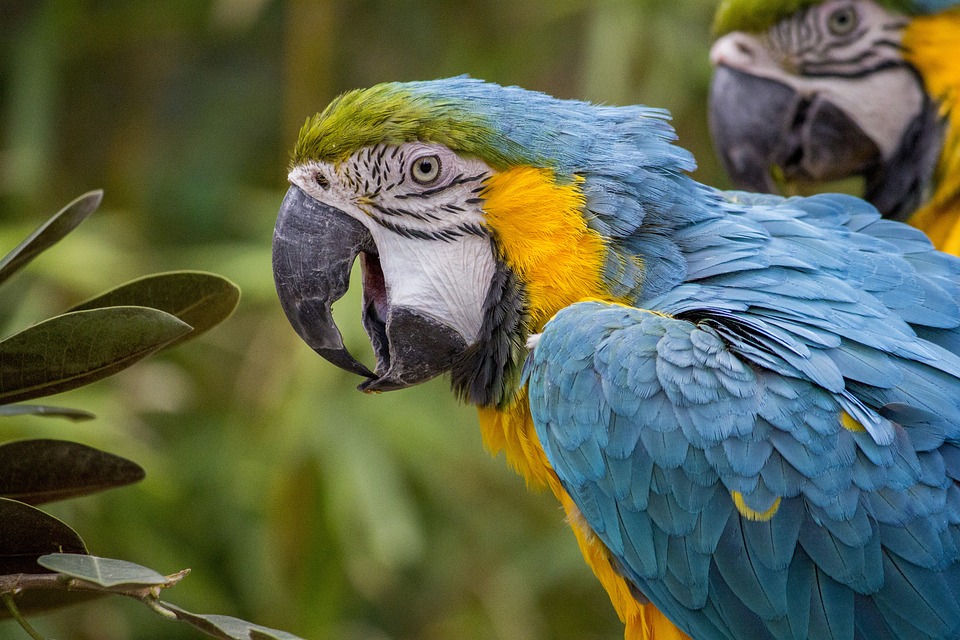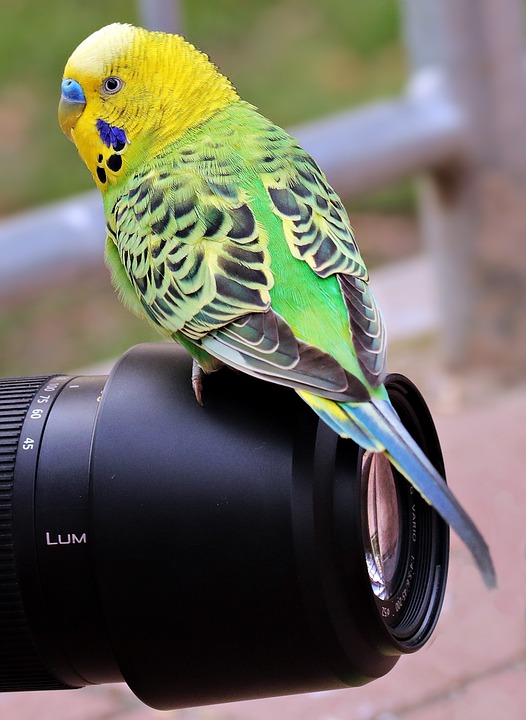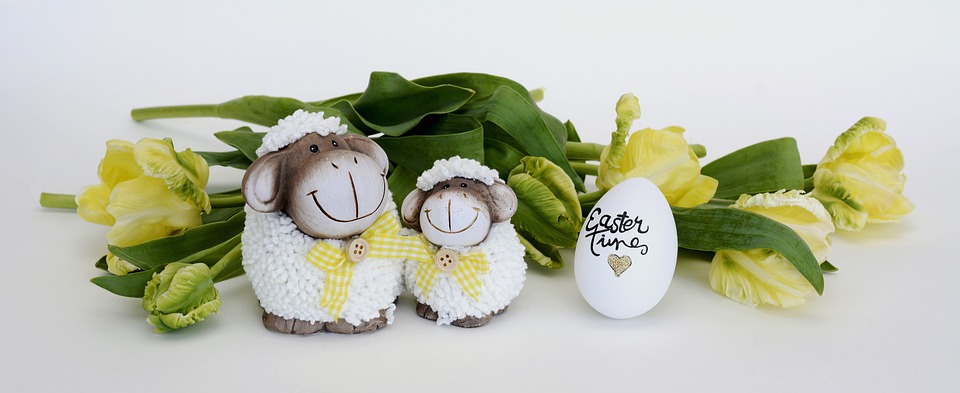Parrots are known for their intelligence, social nature, and playful demeanor. Engaging in interactive play with your parrot not only strengthens your bond but also provides mental stimulation and physical exercise for your feathered companion. By recognizing the signs of playfulness in your parrot and knowing how to initiate and participate in play, you can create a fun and enriching environment for both you and your feathered friend.
Parrots, with their vibrant personalities, exhibit various signs of playfulness. Understanding these signals can help you identify when your parrot is in the mood to play and ready for some interactive fun. Here are a few common signs of playfulness to look out for:
1. Wings Flapping and Tail Wagging: When your parrot starts flapping its wings vigorously while wagging its tail, it is often a sign of excitement and readiness for play. This behavior is similar to a human child jumping up and down with joy.
2. Head Bobbing and Preening: Parrots often bob their heads up and down and engage in extensive preening when they are feeling playful. This behavior is their way of showing enthusiasm and anticipation for playtime.
3. Playful Vocalizations: Parrots are natural mimics and communicators. They may make unique vocalizations, such as whistling, singing, or chattering, to express their playful mood. These sounds are often accompanied by animated body movements.
4. Inviting Gestures: Your parrot may use body language to invite you to play. It might stretch out its wings, offer toys or objects, or even mimic your own actions. Pay attention to these invitations and respond accordingly.
Now that you can recognize the signs of playfulness in your parrot, it’s time to learn how to engage in interactive play. Here are some delightful activities you can enjoy with your feathered friend:
1. Toy Rotation: Parrots get bored easily, so it’s essential to keep their toys fresh and exciting. Rotate their toys regularly, introducing new ones and temporarily removing older ones. This simple act keeps their environment stimulating and encourages playfulness.
2. Puzzle Toys and Foraging: Parrots are natural problem solvers. Provide them with puzzle toys that require some effort to access treats or rewards. This engages their cognitive abilities and keeps them mentally stimulated. You can also hide treats around their play area, encouraging foraging behavior.
3. Teach Tricks and Commands: Parrots are highly trainable, and teaching them tricks and commands is a fantastic way to engage their playful nature. Start with simple commands like “step up” or “turn around” using positive reinforcement techniques, such as treats and praise.
4. Feathered Friends Interaction: Parrots are social creatures, and interaction with other parrots can greatly enrich their lives. Arrange playdates with other parrot owners or allow supervised interaction with compatible parrots. This provides socialization opportunities and promotes playful behavior.
Here are some FAQs about parrot playfulness:
Q: Can all parrot species engage in interactive play?
A: Yes, interactive play is suitable for most parrot species. However, always consider your parrot’s specific needs and preferences, as different species may have varying play styles.
Q: How much playtime does my parrot need?
A: Parrots thrive on mental and physical stimulation. Aim for at least one to two hours of interactive playtime per day, in addition to providing environmental enrichment throughout their habitat.
Q: Are there any toys or objects that are not safe for parrots?
A: Yes, avoid toys with small parts that can be easily chewed off and swallowed. Additionally, be cautious with toys made from toxic materials, such as lead or zinc. Always choose bird-safe toys specifically designed for parrots.
Q: What if my parrot seems disinterested in play?
A: Parrots, like humans, may have their moods and preferences. Experiment with different toys, activities, and play styles to find what excites your parrot. If your parrot consistently shows disinterest, consult with an avian veterinarian to rule out any health issues.
By recognizing the signs of playfulness in your parrot and engaging in interactive play, you can foster a happy and mentally stimulated feathered companion. Remember to tailor your playtime activities to your parrot’s species and individual preferences, ensuring a fulfilling and joyful experience for both of you.


